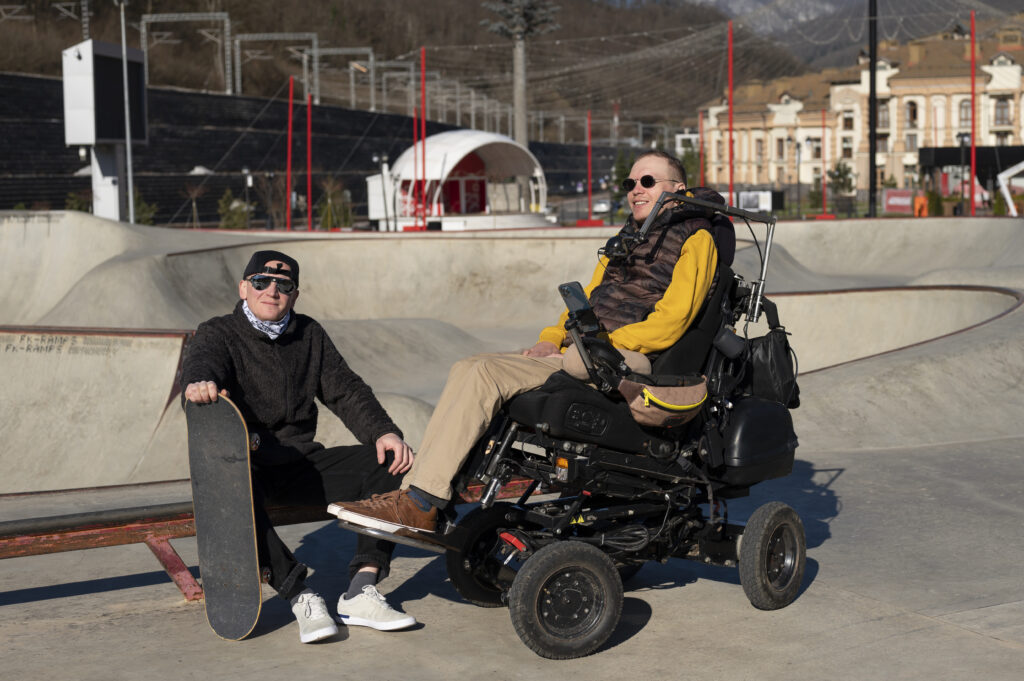The world population is aging, and the number of seniors is expected to climb to 1.6 billion by 2050. Mobility scooters are essential to the elderly, the disabled, and the injured, who want to be free in a free world.
There are many opportunities due to the high demand for mobility solutions and the projected 7.2% growth in the mobility scooter market.
Since more people are developing arthritis, these scooters are essential for people to stay independent. In this post, we will look at how they can help make life easier for users and help them to overcome obstacles.
Impact of Mobility Scooters
-
Increased Independence
Mobility scooters help keep people less mobile, active, and independent. This gives them a more intuitive user interface that makes the challenges in everyday life, like uneven ground, curbs, and stairs, easier to handle. You can go to stores, parks and social events without anyone else.
For example, cities are well suited to three-wheel electric scooters. Their compact size gives users the confidence to navigate crowded streets and narrow store aisles, making little everyday errands easier.
This mobility scooter for the mobility impaired gives users control over their lives. They can still follow their routines and do things with assistance they are interested in. Moving freely lets you stay connected to the communities and active however you want.
-
Better Quality Life
Mobility scooters are about mental and emotional support—about staying in touch with a community. Mobility challenges don’t have to isolate users from social activities or time with friends.
A retired teacher can gain new independence with her mobility scooter. She might start to do things like her favorite hobbies and be with friends again. Many users have similar experiences: They can now attend community events, visit family, and go outdoors.
Not only are these scooters much cheaper than a traditional manual chair or electric scooter, but they also reduce physical strain when doing daily tasks. Users can run errands or do other things without discomfort or exhaustion. This combination of physical comfort and social connection means that you live a more active and satisfying life.
-
Health and Wellness
People who use mobility scooters don’t become less active; they become more active. These allow users to venture to parks and other outdoor spaces for light exercise, such as walking or stretching. It is suitable for the body and mind.
Scooters are a safe way for people with mobility limitations to stay fit and avoid health decline. They reduce fall risks for people with trouble with balance or strength and give users the confidence to move around.
Mobility scooters help keep people engaged with their surroundings while promoting their well-being.
They provide a foundation for keeping an active lifestyle that can be challenging without it. It is a tool for independence and health to help people move more safely and quickly.
Social and Economic Impacts
-
Social Inclusion
Mobility scooters are a means to break down barriers to social participation. Users can attend community events, visit with loved ones, and use public spaces more efficiently. They help to engage others, reduce feelings of isolation, and better the mental health of those who otherwise feel left out from social activities.
These devices help close the gap for people with mobility challenges in connecting to their community. They allow users to participate more and keep in touch with more, supporting a more inclusive society.
-
Economic Benefits
Mobility scooters have an economic impact that’s wider than just personal. People with mobility limitations can stay in the workforce longer, and that helps productivity. Families and healthcare systems save money for transportation and caregiver services, and users spend less.
Local businesses benefit, too. People who shop independently spend more in their communities, which forms local growth and provides evidence that mobility aids provide value beyond individual users.
Challenges and Considerations
-
Accessibility Issues
Public spaces are often difficult for mobility scooter users. There are many areas with poor ramps, narrow paths, and poorly designed infrastructure. They’re not usable on public transit or in buildings without scooter infrastructure, which makes them difficult for many people to use because they require regular maintenance. City planners and disability advocates need to work better together to build more inclusive spaces.
-
Cost and Affordability
Many potential users would like one, but high costs are a major barrier to entry. Basic models exist, but advanced scooters, priced over $10,000, can – which is a lot. For many people, they’re too expensive, even without insurance. Public education about the long-term benefits and cost savings for people who invest in a mobility scooter would be useful.
-
Safety and Training
Both users and pedestrians need proper safety education. You can do much less wrong without accidents and misuse. Modern scooters have lights, signals and anti-tip systems, but you still need training. In quiet streets or busy sidewalks, users must learn how to operate safely. Educating the public is necessary to share space with scooter users. It’s a safer environment for everyone.
Conclusion
Mobility scooters help people live free and independent lives. They keep users active and social and help them complete daily tasks. This is especially true as demand grows, better technology and more access are required.
Begin the process of being better at moving and being independent.








Leave a Reply